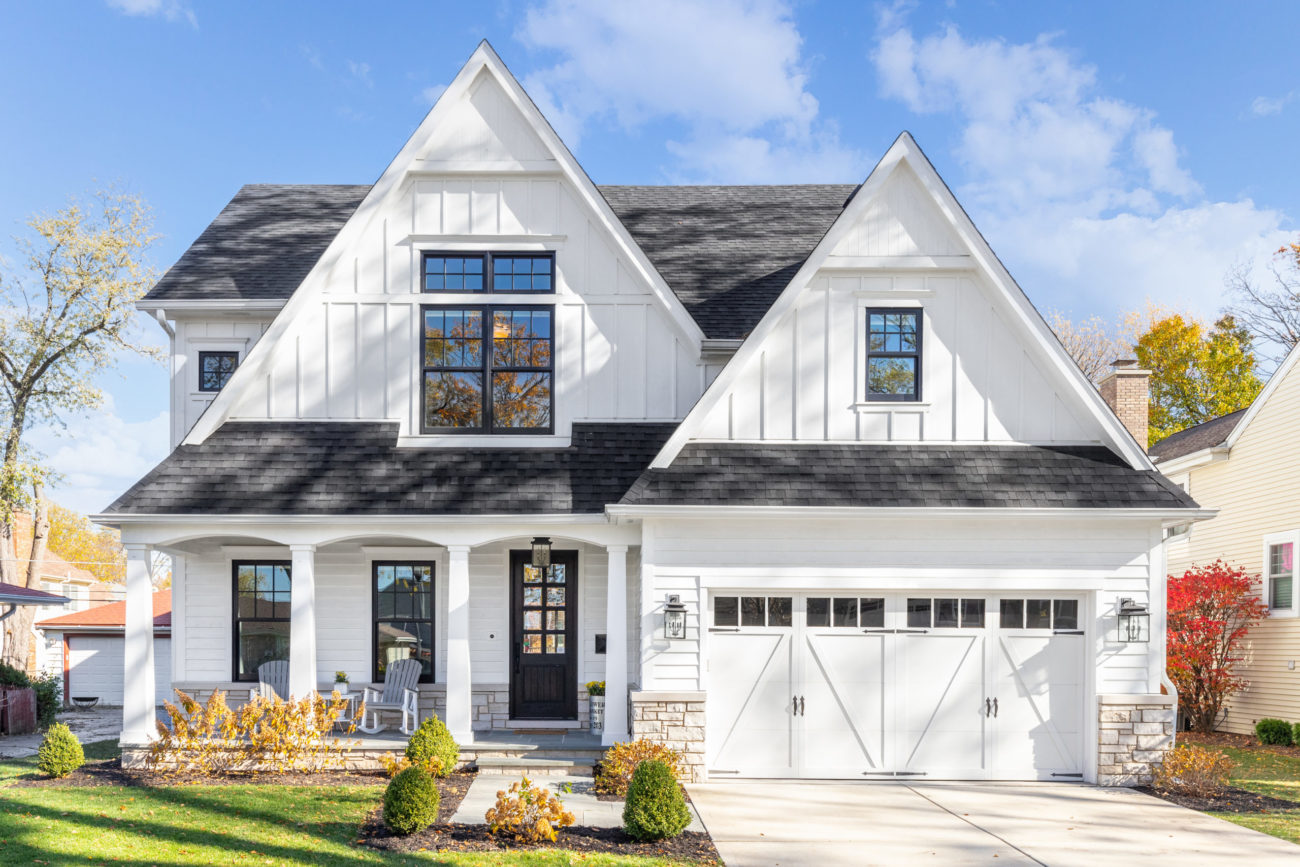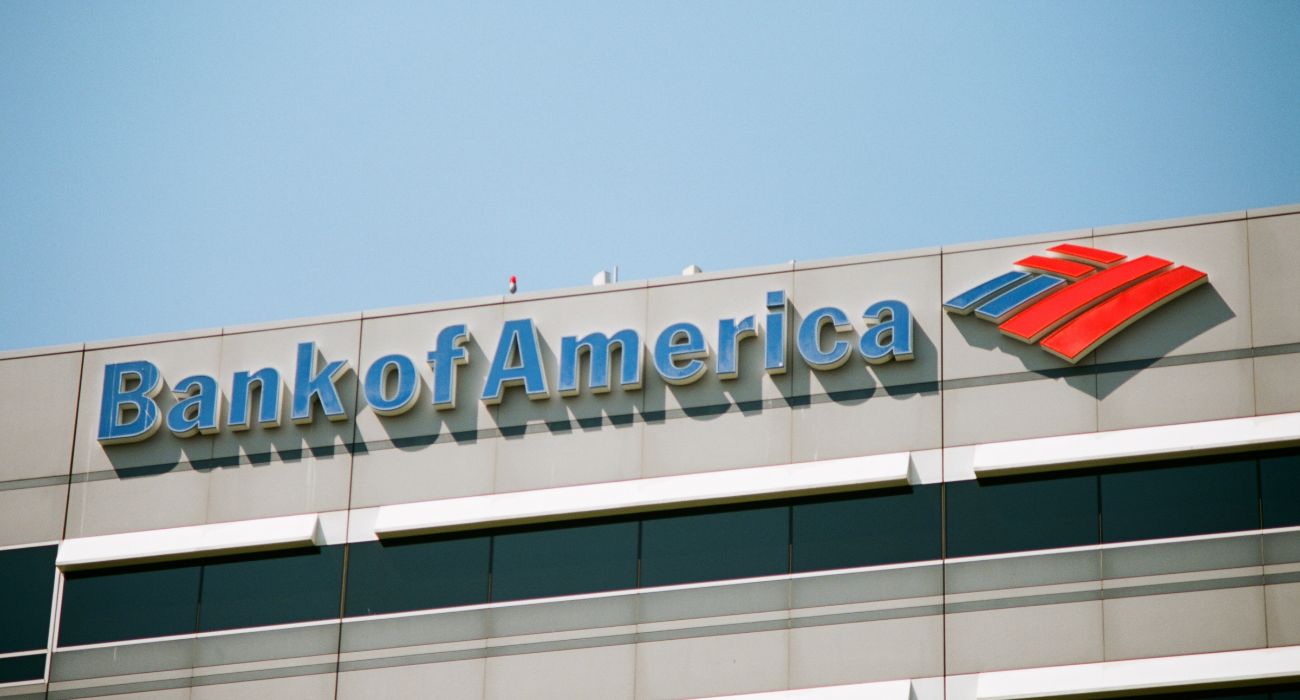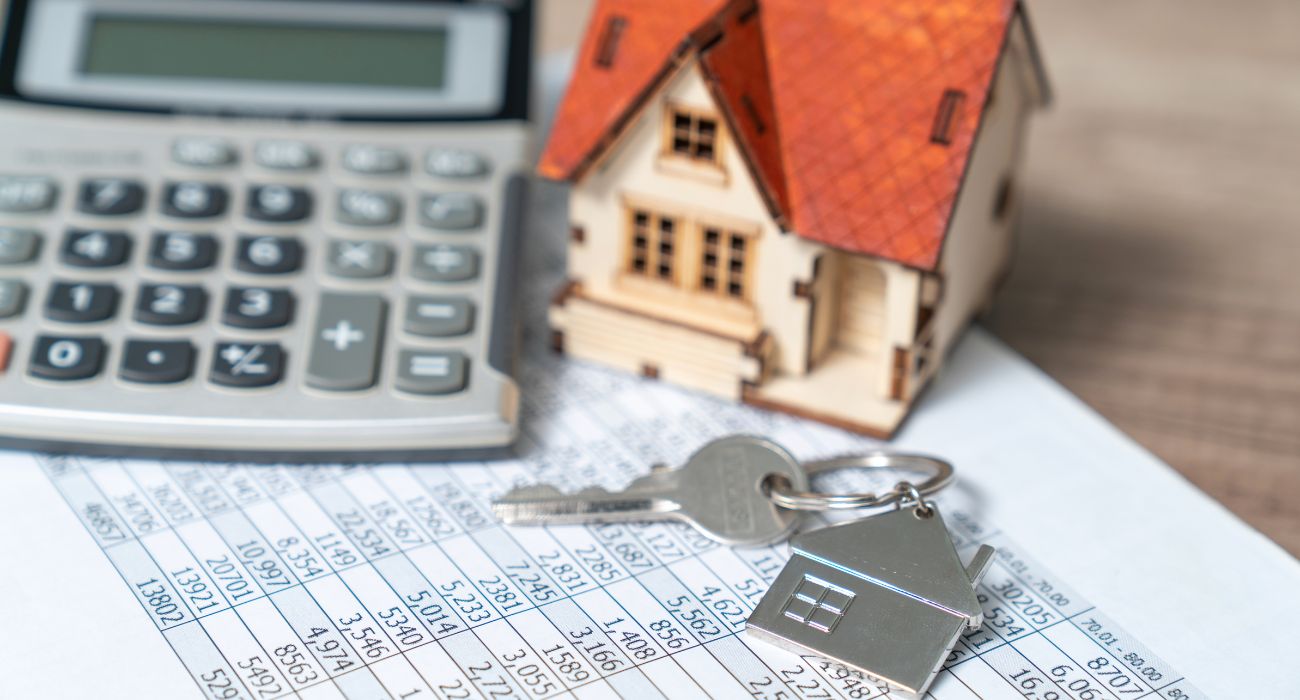American homeowners are feeling the pain as mortgage rates continue to creep higher, especially compared to the rock-bottom rates of the pandemic era.
The Federal Reserve appears determined to remain on its hawkish monetary policy path as Chairman Jerome Powell pledges to stick to a “forceful and rapid” approach to combatting inflation. However, a light at the end of the tunnel has emerged, with government-sponsored enterprise (GSE) Fannie Mae predicting that home mortgage rates will begin to ease in 2023.
The average 30-year fixed mortgage rate started the year at 3.11% and has been increasing ever since to hover at 5.5% as of August 2022. In Q2, the average rate was 5.2%. It’s a far cry from year-end 2020 when the 30-year fixed mortgage rate reached a pandemic low of under 3%.
Now Fannie Mae forecasts that the 30-year fixed mortgage rate will drop to 4.5%, on average, but not until next year. According to their calculations, the relief will be evident from Q1 2023 dipping below 5%, and will reach its lowest point of the year in the second half. Fannie Mae has issued the following estimates for the average 30-year fixed mortgage rate next year:
- Q1 = 4.7%
- Q2 = 4.5%
- Q3 = 4.4%
- Q4 = 4.4%
Data from market research firm HSH shows that a borrower on a $300,000 30-year mortgage with a fixed rate of 3.5% will pay just under $1,350 per month, with interest adding up to $185,000. With a rate of 5.5%, the monthly payments increase to slightly more than $1,700, while the interest adds up to more than $313,000 for a loan with the same term.
Susan Wachter, Sussman professor and professor of real estate and finance at The Wharton School and co-director at Penn Institute for Urban Research at the University of Pennsylvania, in an email to The Dallas Express, offered potential homebuyers a bit of advice:
“If you are committed to buying and can qualify for a mortgage, today’s seemingly high 30-year fixed rate mortgage rates should not be a barrier. If rates go higher, you will be better off, and if rates go lower, you can refinance at a relatively low cost. It’s a one-way bet that you cannot lose.”
While it may not seem like a dramatic drop, it is a step in the right direction. So far in 2022, rates have climbed over two percentage points higher due to the Fed’s fast and furious approach to fighting inflation, making it more expensive for Americans to borrow money on everything from mortgage loans to credit cards.
Short-term mortgages, including the 15-year and 10-year loans, dipped below 5% late last month. However, as of September 1, the mortgage rate on the 15-year loan climbed to 4.98%, its highest point in over a decade. Last year in the same period, the same product had a rate of 2.10%, according to Charlie Bilello of Compound Capital Advisors.






